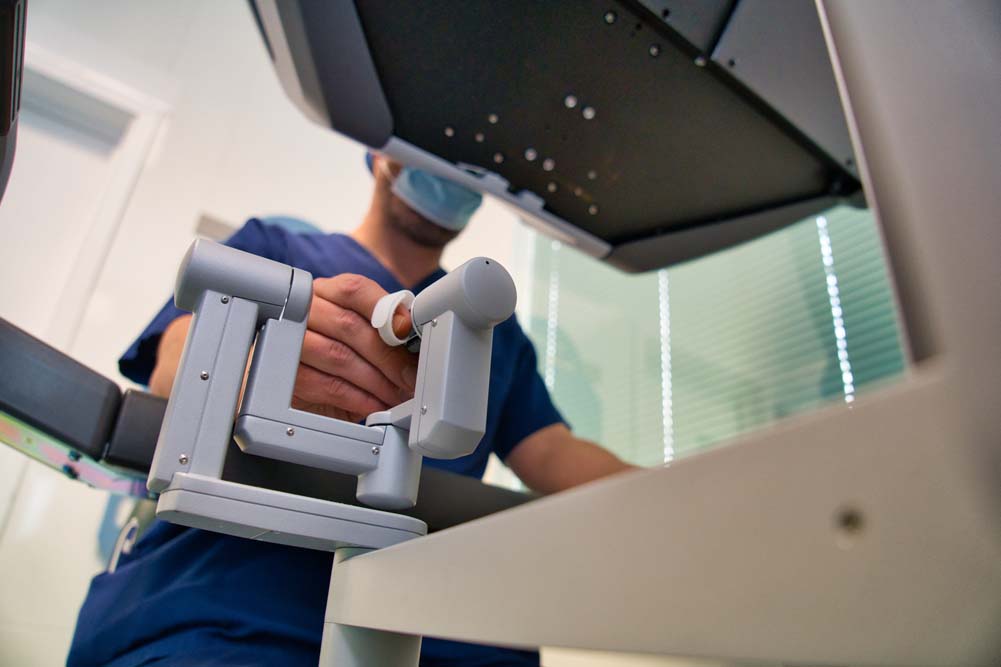As the innovative healthcare provider of choice, we are proud to lead in robotic surgery with the most advanced technology. Robotic-assisted surgery supports our specialists in performing complex surgical procedures with greater accuracy and control than standard operative techniques afford.
Such technologies at Evolution Healthcare include the da Vinci Xi Surgical System at Wakefield Hospital.


